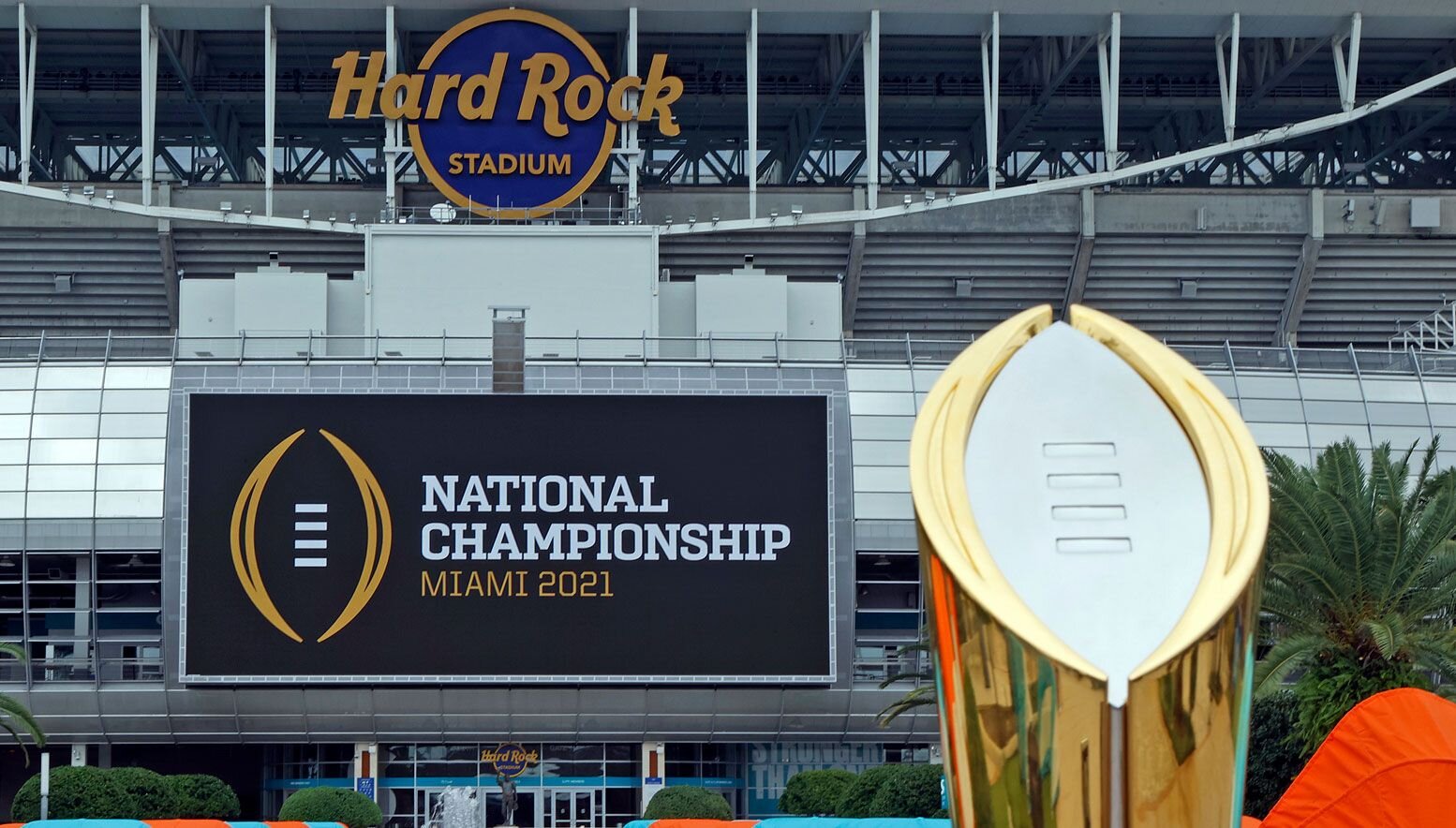It has taken me just over eight years, but in the past few weeks I have finally, successfully, handed down my love of Star Wars to my son. I never tried to force it on him, but I took a few occasional shots at casually introducing him in the past—flipping onto Episode IV when it was on TNT, buying a small Lego set for his birthday.
He finally went all in a few weeks ago, thanks to “The Mandolorian” on Disney+. After bingeing through the excellent first two seasons, without spoiling anything here, let’s just say the show left open a window to the larger Star Wars universe, and we gleefully dove right on through. Now he considers himself a young Jedi, a Luke Skywalker devotee, ready to drop everything and join the rebels in their fight against the evil galactic Empire.
Instilling that rebellious streak into my kid is, I think, by-and-large a positive thing. It’s probably good to have a general distrust, to question authority, to occasionally wonder if there might not be a better way to get things done. I want my son to obey his elders and respect the experts, of course, but there’s nothing wrong with asking relevant questions from time to time.
Which brings us, in a roundabout way, to the College Football Playoff selection committee. Two years ago, I wrote about how the committee needed to change. They were tasked with finding the four best teams in college football, and instead they have mostly played the hits. Two years ago, they gave us four teams that were loosely representative of the country, both geographically and philosophically. Which is how we got two teams from the South (Alabama and Clemson), a Midwestern school (Oklahoma) and a school from the North (Notre Dame) into the small dance. As we all expected, Alabama and Clemson vanquished their foes, and we ended up with Alabama and Clemson in the finals. Last year was the same song, different verse: LSU, Clemson, Oklahoma, Ohio State.
On Sunday, just as we finished watching The Empire Strikes Back, the College Football Playoff selection committee announced that this year they were inviting Alabama and Clemson, with Ohio State and Notre Dame rounding out the picture. And this year, despite it being the same song again, I think the committee made the right call. The Empire, perhaps, got it right.
So who got left out? Texas A&M has made a strong case for most the year. They beat Florida early on, lost to Alabama, then ran the table. Jimbo Fisher pointed out that the Aggies won seven straight SEC games, which is true. They also did it against the dregs of the SEC, including Mississippi State, Arkansas and South Carolina. The three best teams that A&M played were an uneven Florida (A&M won by 3 points), an uneven Auburn (TAMU won 31-20; Auburn finished 5-4 and fired their coach), and a great Alabama (who beat the Aggies by 4 TDs). A&M finished 8-1, but to me they never looked like a dominant, championship-level team.
I think the better argument against being left out belongs to the Cincinnati Bearcats, who finished their season 9-0 and won their conference, the AAC. We know, in general, the committee seems to devalue playing in the AAC, and values strength of schedule. That’s what hurts Cincy: They didn’t play a team ranked higher than 16th, and they finished 65th in strength of schedule. Still, for the most part, Cincy won games this season convincingly, with a productive offense and a dynamic defense. Would they have a real chance against Alabama or Clemson? Nope. But they’ll get a shot to prove their chance in a bowl game against Georgia, who finished the season as probably the best team in the SEC East.
Who didn’t belong? The team everyone seems to be upset about is Ohio State, who had a few games canceled due to this season being played in the midst of a global pandemic. The Buckeyes ended up playing three fewer games than A&M. The Buckeyes also won every game they played, including three against ranked teams, and they won the Big Ten. And let’s not be naïve: They also bring a huge fanbase and have Justin Fields, one of college football’s marquee talents.
Notre Dame only beat two ranked teams, sure, but one of them was Clemson (who was at the time without Trevor Lawrence, the best player in college football). And like Ohio State, they have a ton of supporters, plus help cover the CFP Committee in terms of appealing to fans up North.

If you want to give a wider variety of teams a chance at playing for a title, I don’t think the answer is keeping out great teams from large conferences. Would it be fun to see Cincinnati have a shot at a title? Sure! Would they likely have a chance against a team like Ohio State? Probably not! Ohio State, like Clemson, Alabama and Notre Dame, is stacked with four- and five-star recruits. And over the course of 60 minutes, talent usually wins out. (Unless you do something dumb like throwing a shoe to give a team a free first down.)
I don’t know why, but this year I feel like the College Football Committee did a pretty good job. If the two loudest voices arguing against you are coming from Dan Mullen and Jimbo Fisher, maybe you made the right decision? With everything that 2020 has put us through, spending a few days complaining on social media about who is playing in which games feels like something we should avoid. If there’s anything we should have learned this year, it’s to appreciate what we do have instead of being grumpy about what we don’t have.
The College Football Playoff selection committee isn’t perfect, but then, maybe there was a reason the Death Star never could get finished.
